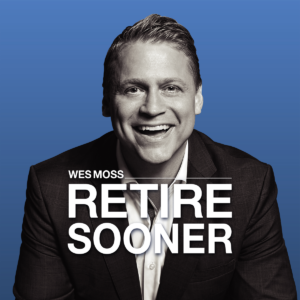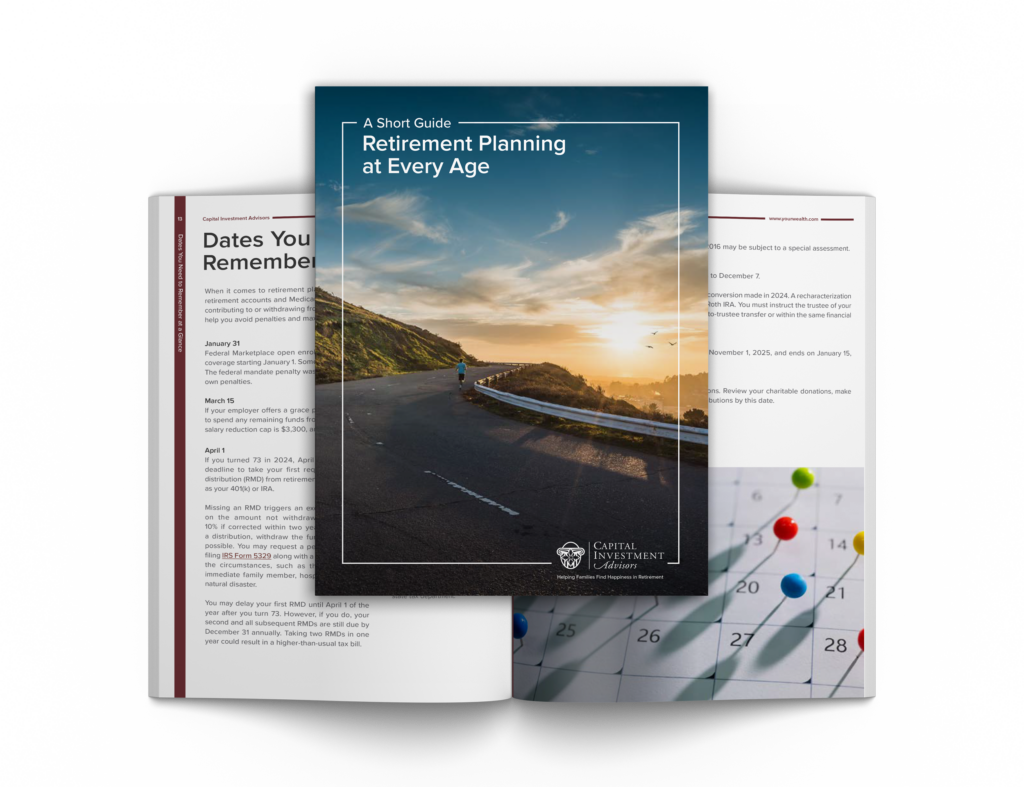Lattes have gotten a bad rap. But they’re not nearly as harmful to your financial health as they’ve been made out to be. The reality is, lattes or vanilla bean Frappuccinos or iced soy caramel macchiatos aren’t the reason Americans can’t save for retirement.
Let’s walk through what I call “the latte lie.”
Why lattes? I believe they’ve been singled out because of how much they cost today versus a few decades ago. The baby boomer’s coffee is not the same as the millennials’. The U.S. Bureau of Labor Statistics’ consumer price index says the average cup of joe today costs approximately $2.70, compared to $0.36 in 1967. That’s a 650% increase.
Take a look at your local Starbucks menu board, and you’ll see prices ranging from $1.85 (for tall coffee) to $5.25 (for seasonal drinks, like a salted caramel mocha). A plain ol’ latte will set you back $2.95.
Lattes are low-hanging fruit because of the price spike; there’s been massive coffee inflation. This increase in the price of a daily “luxury” coincides perfectly with the pet project the financial media rolled out about 50 years ago. In the 1970s, pundits began pegging discretionary expenditures as the roadblock to creating financial security. The first Starbucks opened around this time, in 1971, and lattes quickly became the poster child of irresponsible spending.
Today, the average American spends approximately $3 a day on coffee, says a recent study from Acorns, a company specializing in micro-investing and robo-investing (geared, of course, towards millennials).
Let’s do some coffee math. First of all, I’m assuming someone needs coffee 365 days a year — that’s me. If you go the Starbucks route and buy a $3 coffee every day, you’ll be spending almost $1,100 a year on coffee. Compare this with the homemade route, or gas station coffee for $1 a day ($365 a year). The luxe coffee costs you $730 more per year. Now, that’s not nothing. But it certainly isn’t the difference between financial ruin and a healthy retirement.
One prominent proponent of the latte theory is my friend David Bach. David is a financial author, television personality, motivational speaker and entrepreneur. He recently joined me on my podcast, and we talked about his new book, titled — wait for it — “The Latte Factor.” Unlike Bach, I’m not convinced that financial freedom is built around avoiding Starbucks. We do, however, have the same ideas on other building blocks to financial stability. We both agree you have to get “the big stuff” right.
Go back to our mantra for the actual key to financial success: If you’re pound-wise, you can be penny-foolish. Bottom. Line.
What does this mean for our latte habits or other daily, weekly or monthly indulgences? It means that if we keep the more significant expenses in check (like housing, car payments, health care, clothing and even bar tabs), we can set aside money in our discretionary budget to cover the small stuff.
Financial freedom comes down to two components — a moderate to significant income (aka revenue), and a commitment to living below your means.
Here’s a harsh reality and necessary sidebar — you simply can’t budget your way to wealth. If you don’t make enough money to save for retirement, no budget can realistically get you there. As you grow in your career, however, keep your eyes toward building your skill sets and value. Think about your career growth and upward momentum every year. Then, you’ll get to a place where you can allocate your cash for living expenses, saving for retirement and for “fun money.”
So, the first element of our savings formula is healthy revenue. At Capital Investment Advisors, I work with a variety of families to help them reach their retirement goals. In fact, over the past 20 years, I’ve worked with hundreds of individuals and families. Generally speaking, people fall into one of three revenue categories:
• The single earner who makes $100,000 a year or more. (There are, of course, super higher earners to the tune of $1 million or more, but this is more the exception than the rule.)
• The married couple with a combined income of $125,000 to $250,000 a year.
• The steady earner in the $100,000+ range who at some point comes into a big chunk of money. I’ve seen this happen for small-business owners who plod along until they sell their company and cash in on the million-dollar mark. I’ve also seen this with employee stock options, company stock that explodes, and with lump-sum pension buyouts.
As you can see, with that level of income (or somewhere close), you’ll have a jumping-off place. You can budget for life and for saving. And by “life,” I mean the pounds and the pennies.
As for living beyond your means, you can’t let the pounds swallow all of your earnings. Case in point — your house. The real estate industry tends to earmark the home you can afford as 35% of your gross income. To me, that’s insanely high.
Think about it. If you gross $120,000 a year, that’s $10,000 a month. In the traditional scenario, you could afford a mortgage of $3,500. I ran the numbers at bankrate.com, and that translates into a $700,000 house! Forget house — it’s now a shackle weighing you down financially.
If $10,000 is your gross income, you have to account for taxes and contributions to your 401(k). That takes you down to about $7,000 a month in net income. That $3,500 mortgage is now half of your take-home pay!
The rule of thumb I like is to get your housing costs down to 15% of your income. In our $10,000 a month example, that would mean a mortgage of around $1,500. With this payment, you could afford a $315,000 house. That’s more like it. If you’re in a metro area where housing prices are higher, you could stretch to 20% max or a $2,000 payment. That would put you in a $420,000 home. This is much more comfortable financially than the $700,000 albatross.
For younger folks, it comes down to choosing the $800 apartment over the $1,500 one. For vacations, can you afford to spend $3,000 traveling for a week? Or would it be better to take long weekends here and there? And, with all of us, it pays to consider whether we need that sporty car with a $600 payment, or whether we’d be just as happy with something less flashy and less pricey. Our overarching point is that it pays to get the pounds right early in life and to keep it up as time goes on.
Don’t be penny-wise and pound-foolish. I’ve been a believer in this concept for decades, and the latte argument just doesn’t sway me. With the two elements above — a healthy income and a lifestyle that falls below your means — you can create wealth and have discretionary income. You can use your discretionary income on the little things you enjoy, like gym memberships, dining out, and, dare I say it, trips to your favorite coffee shop.
Read original AJC article here
This information is provided to you as a resource for informational purposes only and should not be viewed as investment advice or recommendations. Investing involves risk, including the possible loss of principal. There is no guarantee offered that investment return, yield, or performance will be achieved. There will be periods of performance fluctuations, including periods of negative returns. Past performance is not indicative of future results when considering any investment vehicle. This information is being presented without consideration of the investment objectives, risk tolerance, or financial circumstances of any specific investor and might not be suitable for all investors. This information is not intended to, and should not, form a primary basis for any investment decision that you may make. Always consult your own legal, tax, or investment advisor before making any investment/tax/estate/financial planning considerations or decisions.










